
What is a solar eclipse?
A solar eclipse occurs when the moon passes between the sun and the Earth, casting a partial or entire shadow on the planet. Total eclipses are rare because they required a closer alignment of the sun’s and moon’s centers. This natural occurrence occurs every six months during the eclipse season because of axial parallelism in its orbit. Solar eclipses, both ancient and modern, were believed to be caused by supernatural forces or ominous omens. Chinese scientists only began studying eclipses in the fourth century; however, we can now forecast them with remarkable accuracy thanks to the discovery of the Saros Series. For thousands of years, the period of 223 lunar months has been utilized to forecast eclipses.
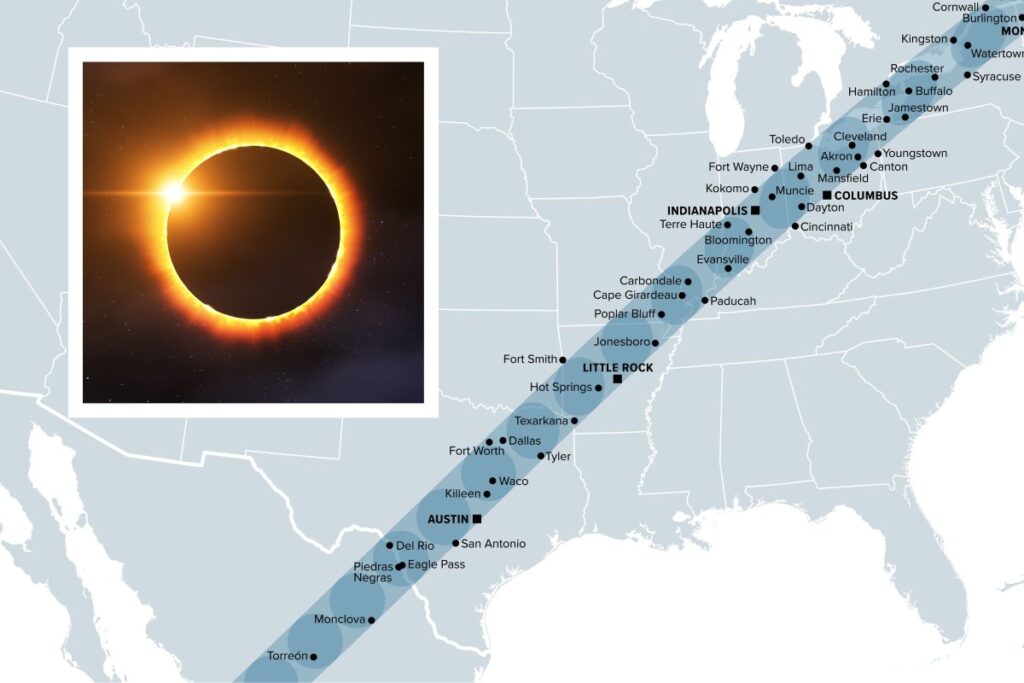
The trajectory
The total solar eclipse will be visible throughout North America, from Torreón, Mexico, to Newfoundland and Labrador. Major cities such as Austin, Texas, New York City, Montreal, Toronto, and Delaware will be able to experience the stunning sights provided by the total solar eclipse. For example, on Monday, April 8, 2024, Montreal will have 1.25 minutes of absolute darkness. The eclipse begins at 2 p.m. and ends at 4:36. In fact, the last time Montrealer experienced a total eclipse was in 1932, and it was a once-in-a-lifetime event because no other total solar eclipses are expected in the following 180 years.
What you are expected to see during an eclipse
During totality, you may see the chromosphere (a part of the solar atmosphere that appears as a faint pink circle around the Moon) and the corona. You may also be able to see a 360 degree sunset
First, the Moon will spend around an hour, progressively covering more of the moon. During these partial phases of the eclipse, if you are near a tree with leaves, you can look at the shadow produced by the leaves to see little crescents. The ambient light will alter and get dimmer about 15 minutes before the totality. The temperature will also be altered, since it will become cooler. Ten minutes before the complete eclipse, you may notice changes in the behavior of wildlife, such as birds and insects becoming more vocal. As the sunshine fades, wildlife may begin to act as if nighttime is approaching.
3 minutes before totality, if you are on an elevated surface, such as a tall structure or a hill, you may notice the Moon’s shadow approaching you across the landscape. One minute prior, check for a phenomenon known as a shadow band on white or pale surfaces. Light from the thin, crescent Sun is bounced around by turbulent air in our atmosphere, resulting in a faint, rippling wave of light and dark seen on light-colored objects.
At the beginning of Totality, you can no longer see anything through your glasses or solar filter; removing eye protection is allowed during the total eclipse because the sunlight has disappeared. You’ll also observe a glowing disk encircling the moon. It is known as The Sun’s White Corona. During totality, you may observe the chromosphere and the corona. You might also be able to witness a 360-degree sunset. If you’re lucky, you might be able to identify the tail of a nearby comet, or if you see a bright white dot in the sky in the bottom left, you might have found Venus.
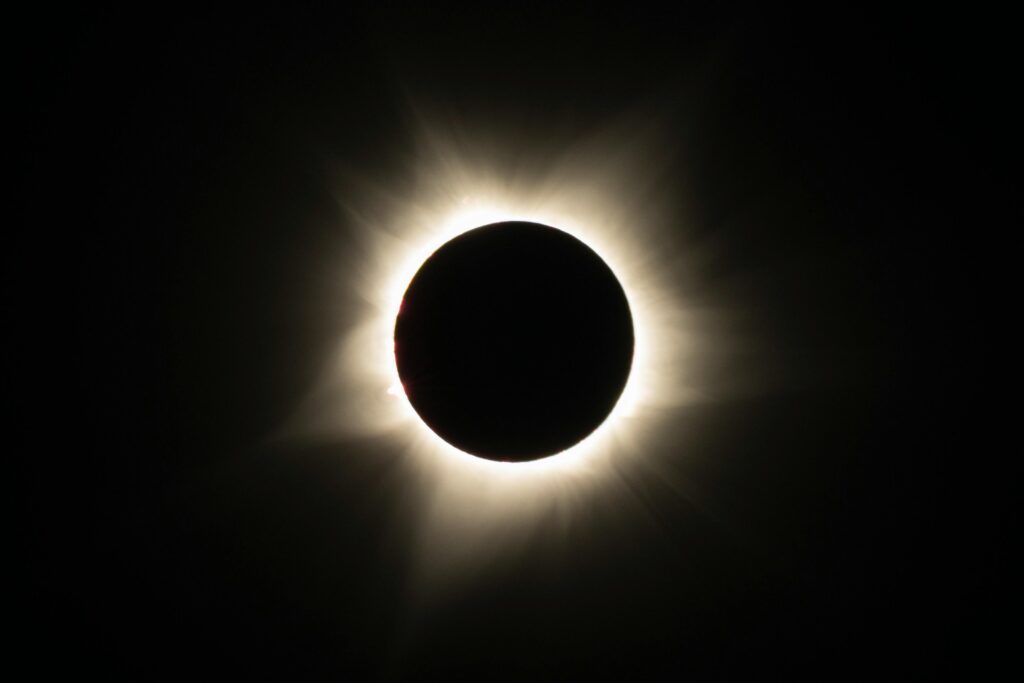
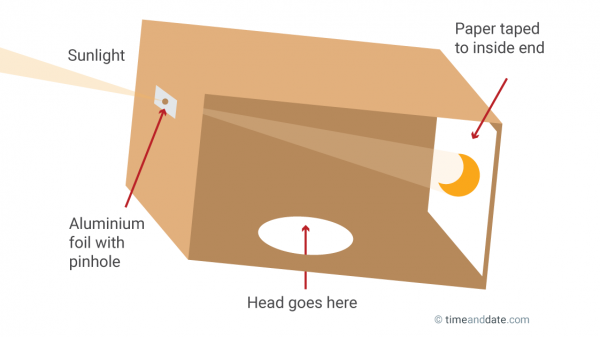
If you didn’t get a chance to put your hands on glasses, here are a couple safe alternatives to see the eclipse:
- Tree Leaf Projector: standing under a tree and looking to the ground is one of the simplest and safest methods to see the eclipse without using officially approved glasses. As sunlight penetrates through gaps in the leaves, it causes small eclipses to appear on the earth.
- Create a box projector: If you enjoy DIY, you can create a more advanced pinhole projector. Begin with a cardboard box; empty cereal boxes are commonly used, but you can also use a larger box. You will also require scissors, white paper, tape, aluminum foil, and a pin or thumbtack.Cut a piece of paper to fit into the bottom of the cardboard box to serve as a screen. Use tape to keep it in place.Cut two rectangular holes in the box’s top on either side. (The middle should be left intact; use tape to secure it if necessary.)
- Set up a cardstock screen: This alternative requires a couple of white index cards or two pages of cardstock paper. Begin by punching a small hole in the center of one of the cards with a thumbtack or a pin.Then, facing away from the sun, let light pass through this pinhole. Position the second card underneath to serve as a screen. To change the size of the sun projection, adjust the gap between the two cards.
Our experience:
Although we didn’t watch the eclipse from the same spot, each of our experiences were spectacular and surreal. I was watching it from the steps of the l’Oratoire and got to see the 360-degree sunset and a captivating light that could have been Venus. We were grateful to have had the opportunity to experience it.
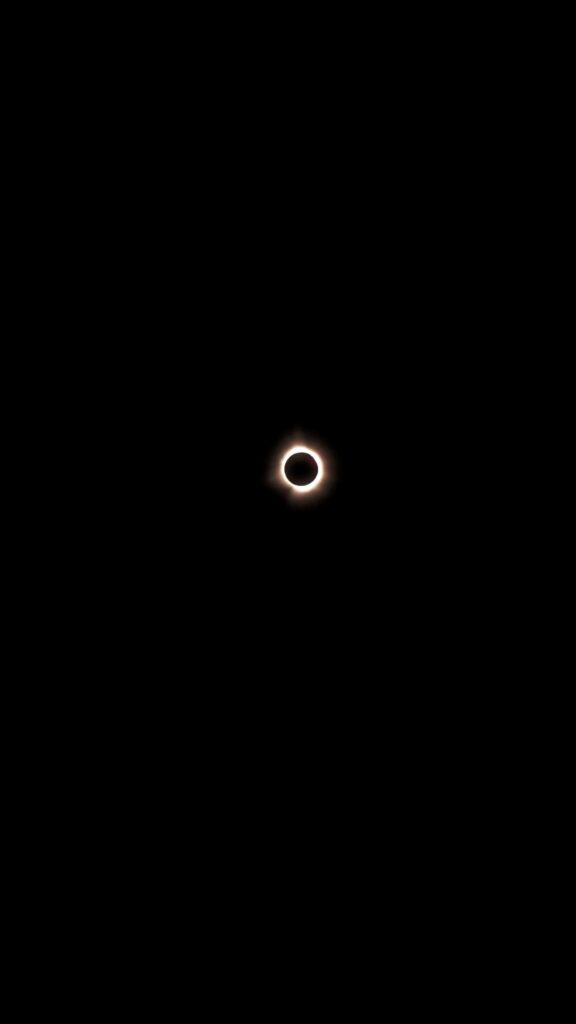
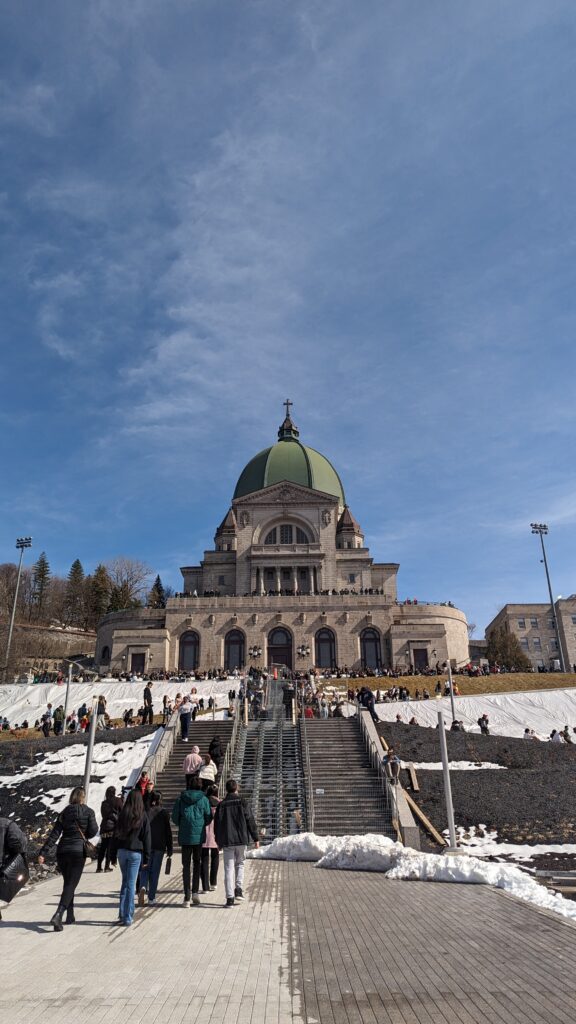
Website used:
- https://www.nytimes.com/2024/04/07/science/eclipse-glasses-alternatives-watch.html#:~:text=Use%20your%20hands&text=During%20the%20eclipse%2C%20you%20will,or%20even%20a%20perforated%20spoon.
- https://www.asc-csa.gc.ca/eng/astronomy/eclipses/solar-eclipses.asp
- https://www.youtube.com/watch?v=aDmeeuziqA4
- https://science.nasa.gov/eclipses/safety/
- https://www.nytimes.com/2024/04/07/science/eclipse-glasses-alternatives-watch.html#:~:text=Use%20your%20hands&text=During%20the%20eclipse%2C%20you%20will,or%20even%20a%20perforated%20spoon.
Pages
Proudly powered by WordPress